The Vintage African Fashion Summer Guide
Winter fashion isn’t better. You just have too many Europeans on your Pinterest
It’s June, so we must thank God that I am no longer on Twitter.
As the temperature drops, we must often suffer the annual “winter fashion is just so much better” crowd. Even though, from a technical standpoint, I think there are some fascinating ways in which people have sought to keep themselves both warm and attractive, I would like to propose that winter fashion isn’t better. You just have too many Europeans on your Pinterest.
Which is fine. I’m glad the girls in Copenhagen and Siberia can turn out a look and have a blast with all their layers, but there are ways to have fun with fashion in the summer. And stay cool, too.
If we instead turn our gaze to the Global South, we can find dozens of examples of people managing the heat stylishly and effortlessly. I mean, the recent Scandinavian scarf Dupatta scandal is a great case study in how we could all expand our perspectives.
For those of you not terminally online, I’m referring to the uproar when rental brand, Bipty, had labelled the South Asian garment, the dupatta, as a Scandinavian scarf. This is, of course, just the latest in the whitewashing of Black and brown culture, but I think it’s even more impetus for us all to get more acquainted with non-European fashion inspiration.
Which brings us to my summer wardrobe planning. I’ve always wanted to sew my own capsule wardrobe together, and once I realised that capsule didn’t have to mean boring as all hell, I started collecting references from various eras and areas in Africa.
The perfect summer capsule is temperature-controlled, modular, washable, colourful, and durable. Most of all, it needs to be incredibly personal and significant. I’m at the point now where I want to be able to spend every day of my life in things truly tailored to me—be it my physical body, my culture and history, or just my esoteric interests.
Hanger Management is free today, tomorrow, and probably every day after that because social media platforms hate Africans haha. Not that you have to, but if you’d like to support me financially, you can donate any amount to my tip jar or become a member of my Patreon (there is a free tier, so you should join anyway). Your contribution goes toward financing my media subscriptions, research costs, materials for sewing projects, paying my podcast editor, the odd cold one or two, and pressuring me into producing more.
Temperature-controlled
As counterintuitive as it may seem, one of the best ways to keep cool is to cover up more. Historically, modesty has just been a precursor to sunscreen. In order to manage warm climates, you want to protect your skin from sun exposure as well as your blood boiling, and select fabrics and silhouettes with airflow and moisture-wicking characteristics. This is why cotton and linen have for so long been preferred choices for summer fashion, and also why a lot of historical African silhouettes tend to be so loose and flowing. For this, the kaftan (or boubou or tunic, depending on where in Africa you are) is the ideal. What I love most about the kaftan is that, depending on your choice of fabric and embellishment, it can easily work as loungewear, eveningwear or workwear. It also brings us to our next category.
Modular
The most sustainable thing you can do in design is make clothing that can exist in multiple contexts, something which offers a multitude of styling options without requiring you acquire more things. This can be modular in its size-adjustability—something like the kaftan obviously fits since its a loose, unfitted garment, but also the drawstring or wrapover pleated skirts popular in Central and Southern African work for this too. Something can also be modular in the ways in which you can style it like the Somali guntiino, which is technically just a large piece of cloth that gets wrapped and tied around the body into an asymmetric dress.
Washable
This mostly regards things that are easy to take care of and this where the continent’s proclivity for cotton and print are amazing. Cotton’s incredibly easy to take care of and can withstand the abuse of a washing machine. Busy and large prints aren’t just eyecatching but they can hide a plethora of stains I’m sure to run into as a messy eater.
Colourful
I’ve never understood this sophisticated apprehension to colour. People have always tried to describe how timeless neutral colours are to me or that it’s easier to outfit-repeat in a black dress than it is “that red number” and I’ve just never gotten it. I like when things are busy and loud. And not just through hue and saturation but embellishment too—I’m talking embroidery, beading, applique, and patchwork. Not only are these visually interesting but they’re the best way to enhance the often rectangular silhouettes of historical African fashion. It’s a great way to have a uniform look with a personal edge—you exist within and without.
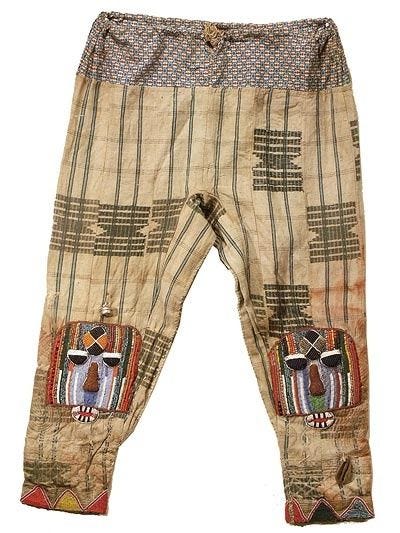
Durable
And that’s also an added benefit of textile manipulation like embroidery and patchwork. Repeated stitching and decoration can provide reinforcement to seams and fabric—you would not believe how much more structure something has after you run a couple of decorative stitches through it, or offer an attractive way to cover stains and repair holes and tears. But there also ways to construct a garment for durability. Sorry to return to the kaftan but because most of them are cut with very few seams, you have less stress points. These are important considerations since summer means much more time outside, you know, doing things which can cause wear and tear.
Zero-waste
Accessories are integral part of any African look. I’ve also collected several references for hats, belts, garters and bags that make use of any scraps and waste generated in the making process. Accessories also extend our styling options since just the addition of a really dynamic cape-necklace or arm cuffs can completely change the vibe of a dress I’ve worn six times already.
Meaningful
This speaks to my desire for embellishment, but also the places I’m looking to for inspiration. A while ago, I did a Vietnamese-South African fusion project in order to explore Afro-Asian connections in fashion. In this vein, I also wanna look at Indian textiles made for Africa and shared silhouettes between African and Indian fashion like the way kangas are wrapped or the use of blouses (often conservative, colonial impostions). Beyond that, I’m also looking at iconic African figures, designers and photographers like Miriam Makeba, Felicia Abban, Seydou Keita, and Kofi Ansah for ideas about silhouettes and styling.
It’s often said that the best time to start planning your summer wardrobe is in winter, but I have a delirious pipe dream of achieving this within the next 3 weeks like a masochist. I’ll be posting updates on Instagram and YouTube if you’re interested in following along.
In the meantime, I’d love to hear about any historical, non-Western summer fashions you’re taking cues from.
You know you love me,
xoxo Khensani

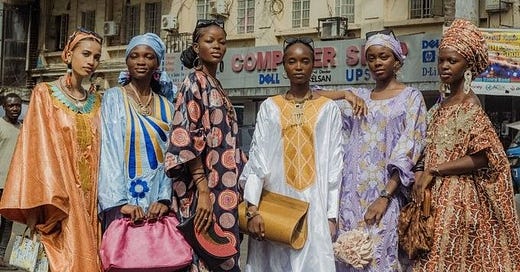



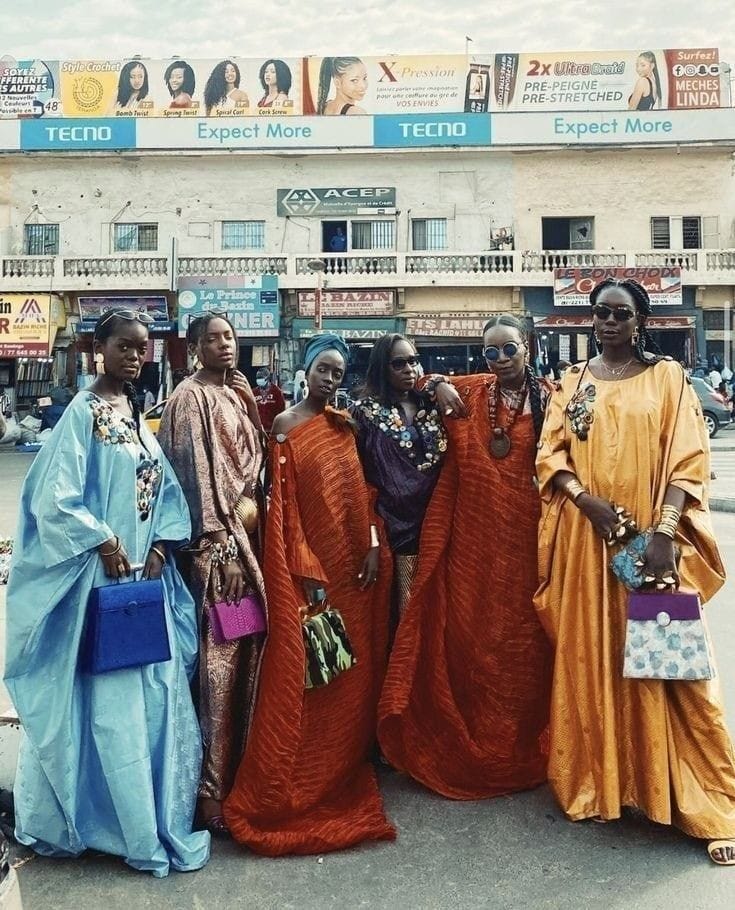
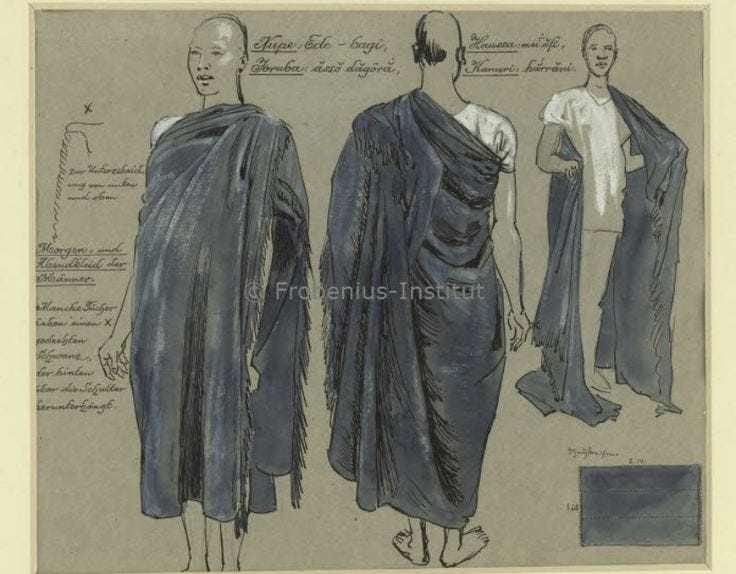
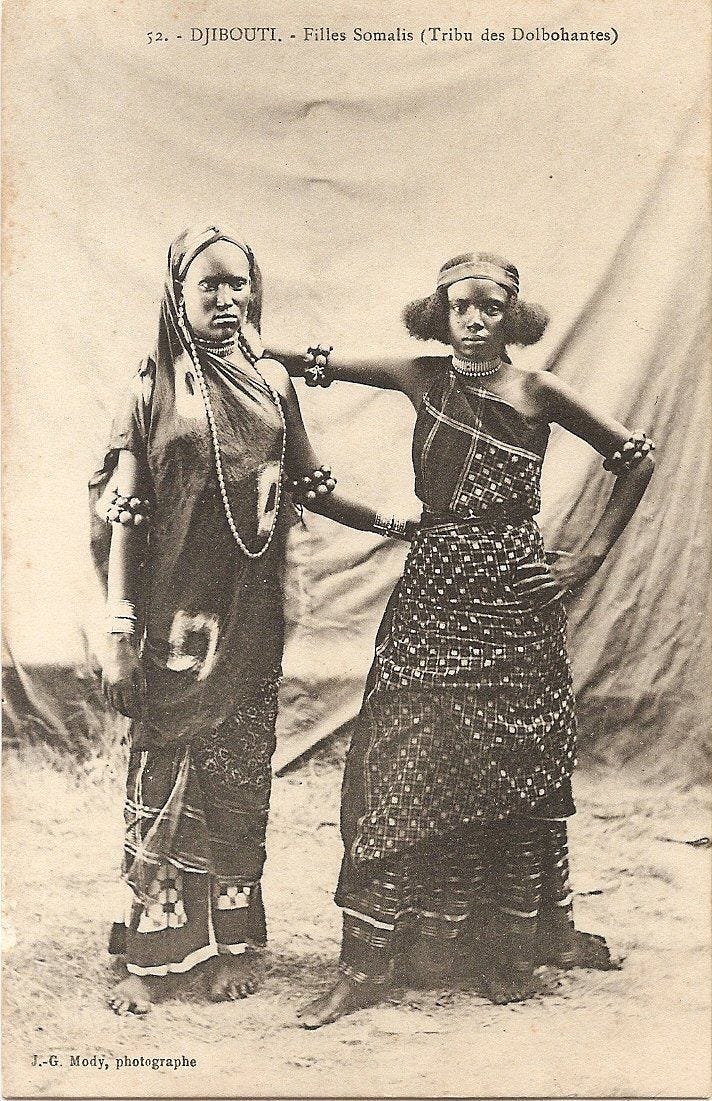
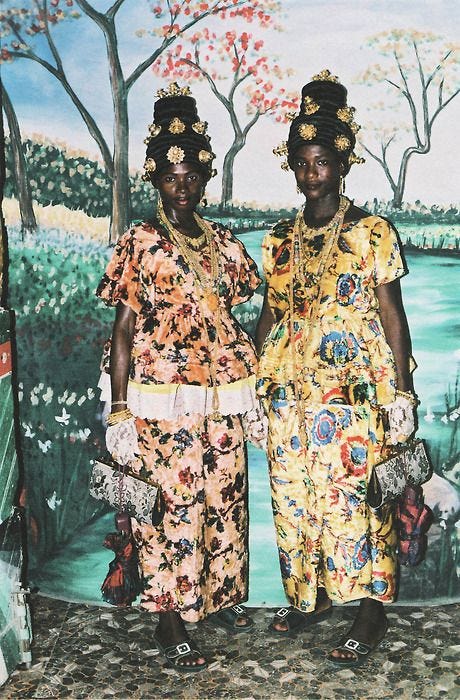
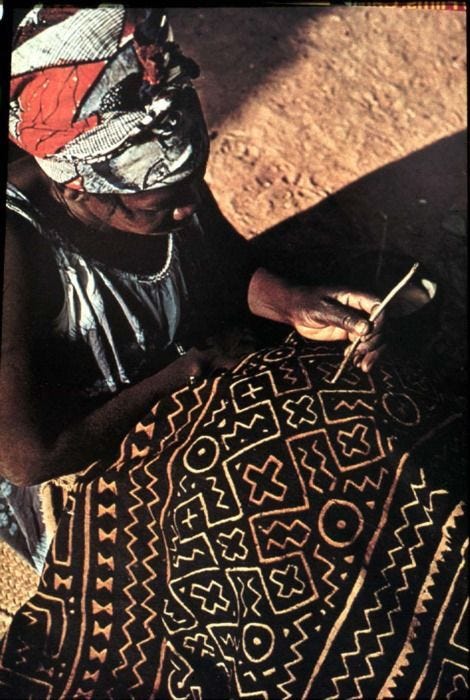
This is lovely, I want to have more non Western summer outfits for this upcoming break
What a great read 😍